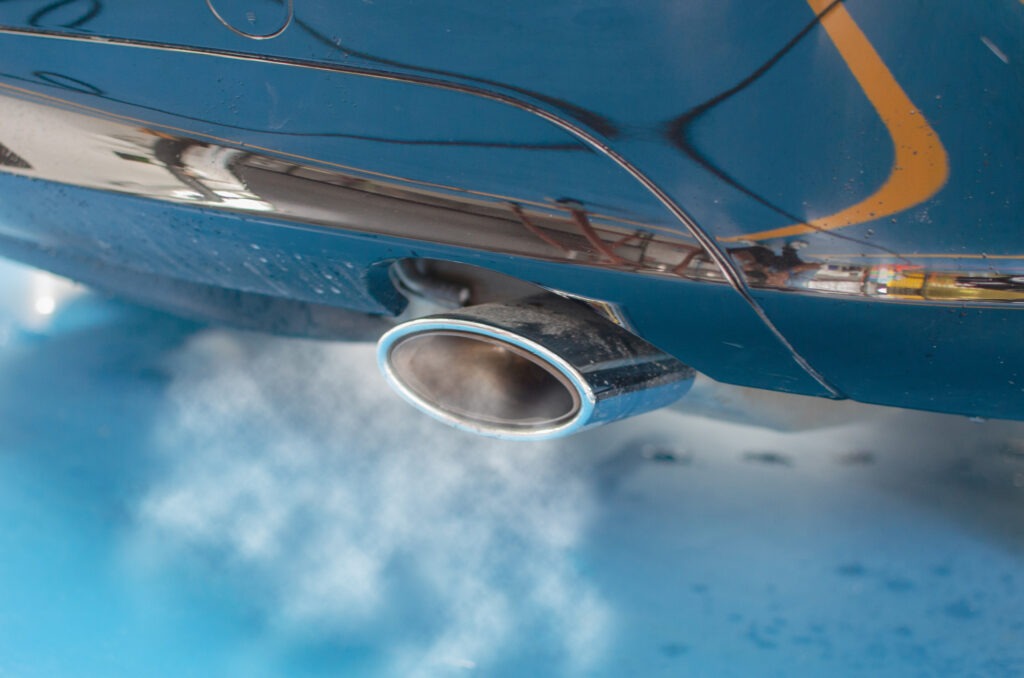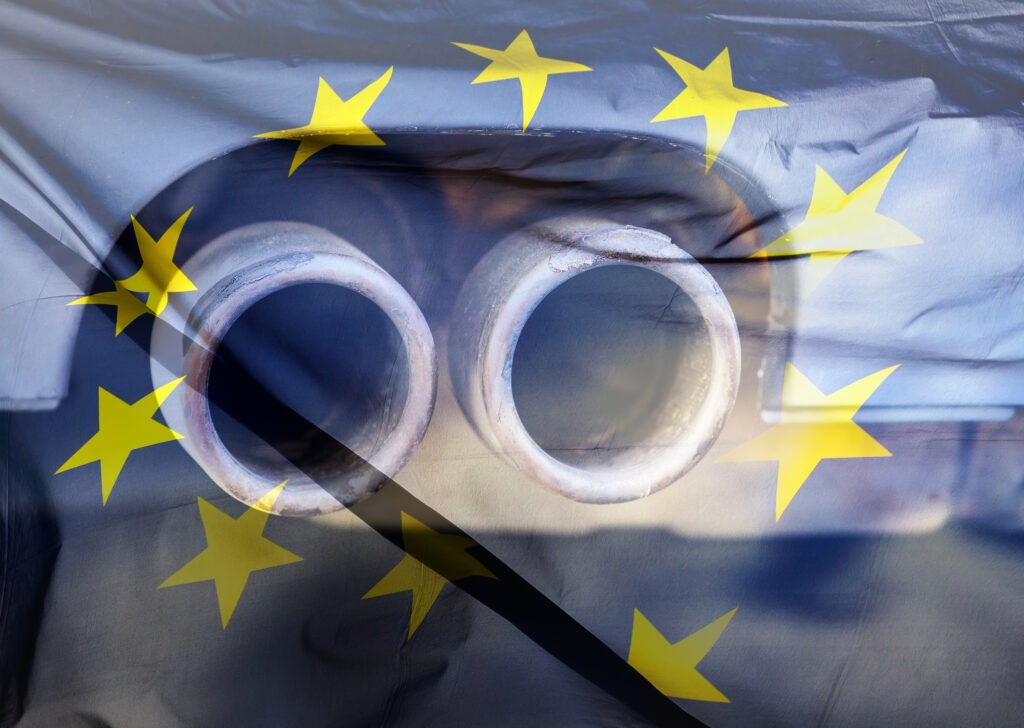Why have the Euro 7 emission standards changed?
25 October 2023

The Euro 7 emission standard proposals have undergone a dramatic change, and now appear very different to the targets discussed almost a year ago. Why have such bold amendments been proposed, what has been carried over from the initial plans, and how has the automotive industry reacted?
Autovista24 editor Tom Geggus speaks with special content editor Phil Curry about the new proposals, what they mean for the automotive industry and the environment, as well as the reasons behind the apparent U-turn.
Subscribe to the Autovista24 podcast and listen to previous episodes on Apple, Spotify, Google Podcasts and Amazon Music.
Show notes
Update: How have Euro 7 emission standards changed?
Original Euro 7 legislation text
Updated Euro 7 legislation text
What is Euro 7 and the Euro standard?
Auto industry: European Parliament Euro 7 vote improves Commission proposal, but still falls short
Euro 7 pollution standards for cars “effectively killed off” by Spanish EU Presidency proposals
How will delaying the UK ban on new petrol and diesel cars impact the market?
Synopsis
In November 2022, the European Commission first discussed the most ambitious Euro standards to date. Almost a year later, the targets for tailpipe emissions have been scaled back to present Euro 6 levels, to help carmakers invest in zero-emission technology and aid the reduction of emissions in the overall car parc.
While the aim is to regulate emissions, Euro standards do not cover CO2 but focus on elements that cause air pollution. This includes carbon monoxide (CO), nitrogen oxide (NOx), hydrocarbons, and particulate matter. The EU has different regulations in place for the reduction of CO2 from vehicles, ultimately leading to the phase out of new petrol and diesel passenger cars by 2035.
The first Euro standard was implemented in 1992. Since then, technological advances have cut emissions by 90%, according to the European Automobile Manufacturers’ Association (ACEA). Legislation has required carmakers to fit emission-reducing technology, with the mass introduction of the catalytic converter, diesel particulate filter and petrol particulate filter all resulting from Euro standards.
Why has Euro 7 changed?
The first iteration of Euro 7 rules was released in November 2022. These regulations promised to be the strictest yet, with large emissions reductions, more stringent testing, and the introduction of particulate matter limits on brakes and tyres. There were also plans to monitor battery durability on hybrid and battery-electric vehicles (BEVs).
As proposals travelled through the European Parliament, the automotive industry voiced its concern. There were fears that pushing the market to adopt two emission-regulation policies in tandem would cause more harm than good. From a financial perspective, money would need to be diverted away from zero-emission powertrain development to ensure internal-combustion engine (ICE) compliance. The cost of implementation would then result in vehicle prices rising.
There were also concerns that should manufacturers feel they could not meet the financial requirements, ICE production would end. This would lead to a decline in the number of Euro 6 models moving through the European car parc, with older models remaining on the used-car market and more negatively affecting pollution levels. ACEA stated that Euro 7 would lead to a 4% reduction in harmful pollutants, while keeping existing Euro 6 regulations would see a further 80% reduction by 2035.
So, the European Council has adopted a new position, the ‘general approach’ which keeps tailpipe emission regulations in line with current Euro 6 limits for passenger cars. Additionally, the new approach strengthens the alignment of brake and tyre particulate limits with international standards adopted by the United Nations Economic Commission for Europe.
Industry reaction
‘We have long been advocating for Euro 7 targets and testing conditions that do not make vehicles unaffordable nor jeopardise industry competitiveness, for little or no environmental benefit,’ stated ACEA director general, Sigrid de Vries, responding to the Council’s decision to amend Euro 7 emission guidelines. ‘The Environment Committee (ENVI) vote is an improvement over the Commission proposal, but still falls short in key aspects.
‘We should not underestimate the huge progress made by European vehicle manufacturers in reducing pollutant emissions from road transport over the past years. It is simply incorrect to describe Euro 6/VI vehicles as ‘highly polluting’ as some stakeholders do. Euro 6/VI regulations have delivered and are continuing to do so,’ she added.
While the automotive industry received the news positively, green lobbying groups were far more apprehensive about the amendments. ‘This proposal is a disaster for air pollution in Europe’s cities,’ commented Anna Krajinska, manager for vehicle emissions and air quality at Transport & Environment. ‘The Commission should think whether or not they even want this joke of a regulation to be adopted.
‘By caving into automaker threats, our politicians are condemning people to avoidable ill health and premature death for decades to come. It gives carmakers a license to greenwash polluting Euro 6 cars as ‘clean’ Euro 7 without delivering any added reduction in toxic tailpipe pollution. Cars approved under such a weak proposal should not be labelled as Euro 7. Instead, they should be labelled as Euro 6f to reflect only the minor improvements to emissions monitoring, anti-tampering measures and non-exhaust emissions,’ she added.
The new approach can be expected to gain ratification from the European Commission, with a plenary session in November this year. Following this, negotiations with national governments will begin, with final arrangements expected in mid-2024, with the legislation due to take effect from July 2025.



